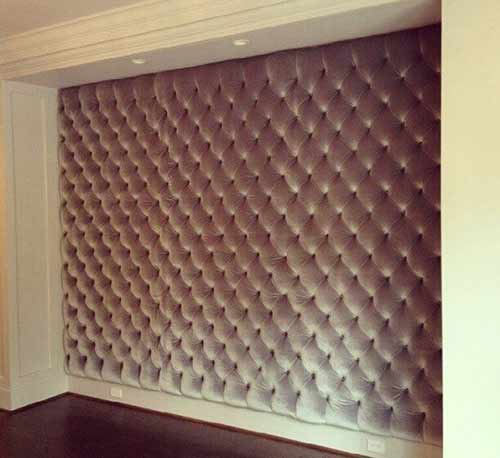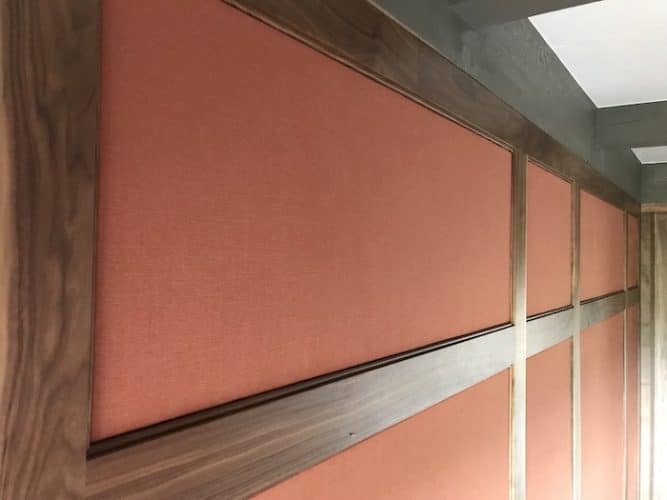
The thrifty decorator might save a bundle by adhering fabric to drywall. The glue can be removed with plain water, so it’s not a big deal to fix, even if you mess up while hanging it. This wallpaper is the easiest do-it-yourself option since it is virtually foolproof. It’s ideal for tenants who must return the space to its former condition before moving out. If you use regular laundry starch, you may adhere any cloth to your walls and then take it down whenever you like without damaging the walls. As a homeowner, you may get bored with the same old paint.įabric walls are an attractive alternate option. But, since most landlords allow tenants to paint their apartments, you may be seeking creative ways to spruce up your rental. Let’s discover the best fabrics for fabric walls and find out what suits you! Can You Put Fabric on Walls?Īll landlords have different rules and regulations regarding renovations or altering the rental property in any way. It’s easy to take down and doesn’t leave a mess behind. It is a contemporary take on the more classic wallpaper.

STEP 6 Cover the ugly staples and rough edges by gluing a ribbon or cord around the door frames, skirting and cornicing, making certain that no glue stains will permeate or bleed onto the fabric or ribbon.Are you living in a rental apartment or house and want to make some permitted changes to the walls? Fabric wallpaper is a DIY decorating trend that has recently been gaining popularity. STEP 5 Cut/trim the fabric to fit the wall. Ensure the fabric is as tightly stretched as possible to avoid sagging. STEP 4 Staple the fabric to the wood batons, starting from one corner and making your way around in the same direction, ensuring that the pattern repeat begins at the same place on each wall.

STEP 3 Seam together fabric with the pattern repeat matching (as with wallpaper) to the height and overall width of the walls. STEP 2 Source fabric (from Gainsborough of course!) to cover the entire surface area of the walls, making allowance for the pattern repeat.

STEP 1 Position and secure wooden batons the height of the wall at intermittent intervals, as well as around the door frames and along the skirting and cornicing. We thought we would share the steps we took to transform our entrance hall using a well-loved century-old design into a sophisticated and opulent reception space.
#Using fabric to cover walls archive#
The fabric’s sophisticated burnt orange and gold colour was adapted from another archive fabric Warner designed even earlier in the 20th century, entitled The Small Chatsworth Bologna. With the re-decoration of our entrance hall currently underway, we decided to upholster the walls with one of our archive favourites, the Sudbury Brocatelle, a stunning silk design originally woven in 1926 by Gainsborough’s founder, Reginald Warner. Using woven fabrics for walling is a favourite application of ours at Gainsborough. European craftsmen developed a number of techniques to upholster walls that essentially involved stretching the fabric over batons positioned across a wall’s surface, providing a luxurious visual aesthetic, fantastic insulation and great acoustics in any given space.

Fabrics have been used to beautify the walls of stately residences and commercial spaces since the early 18th century.


 0 kommentar(er)
0 kommentar(er)
